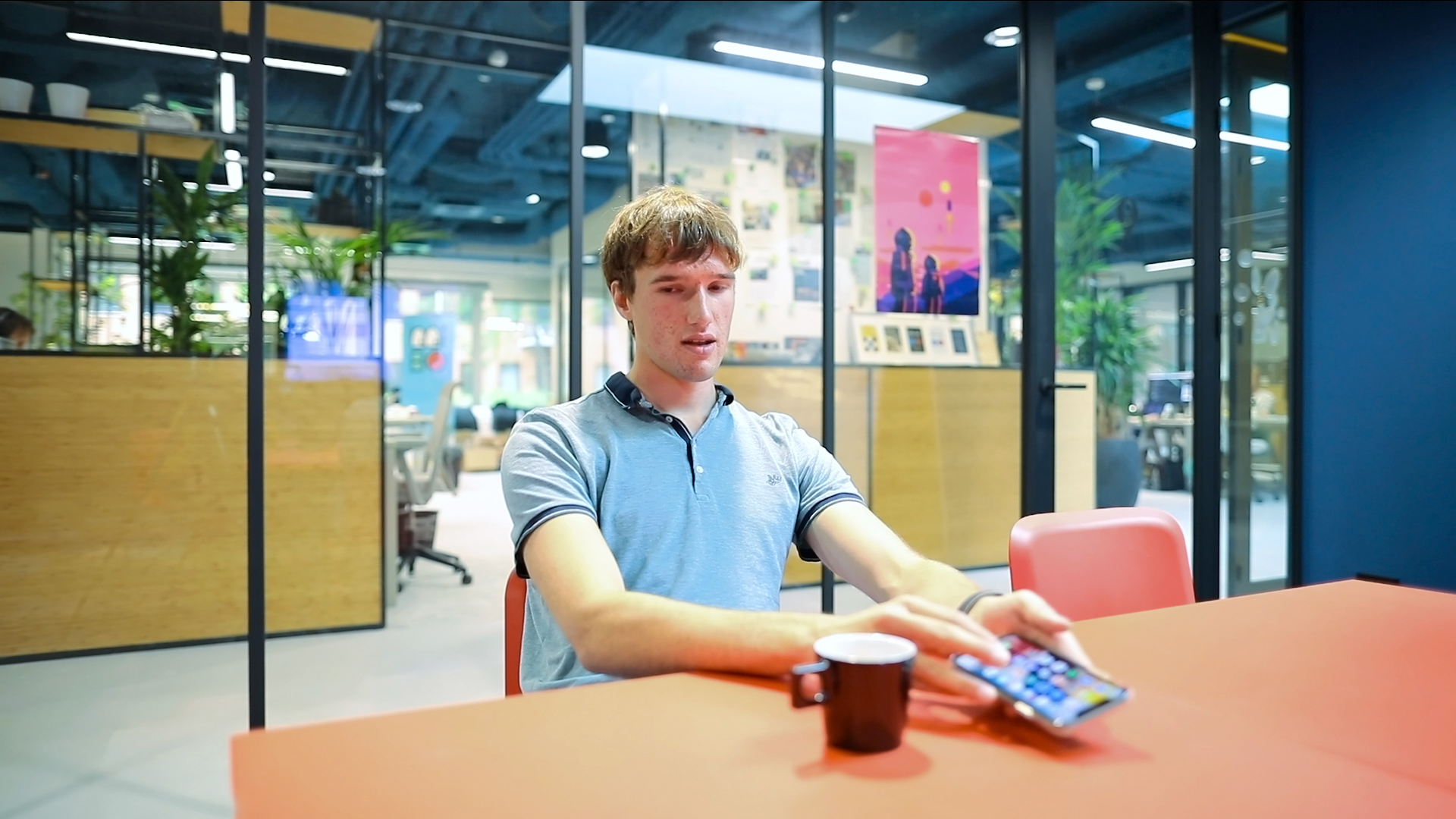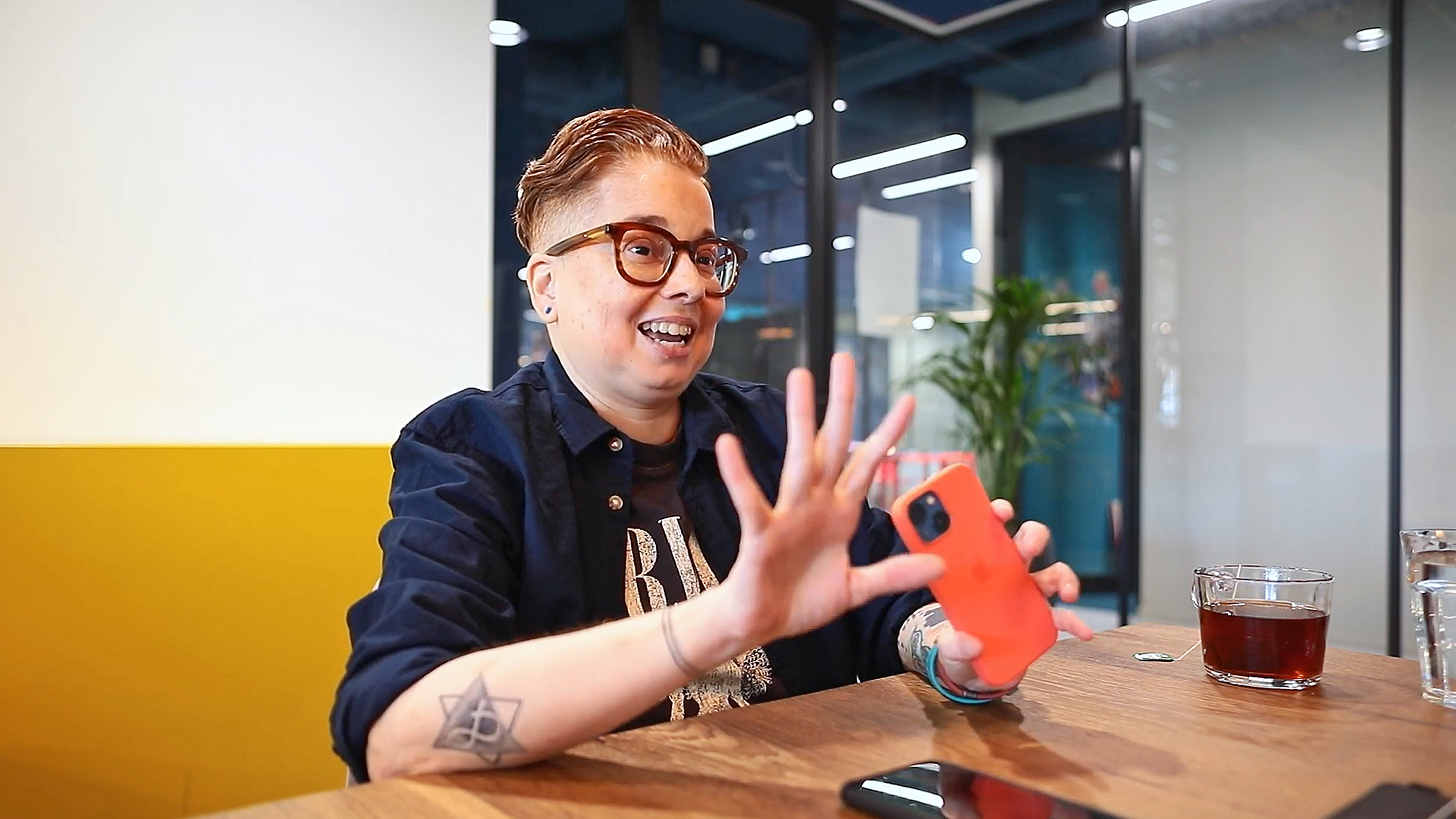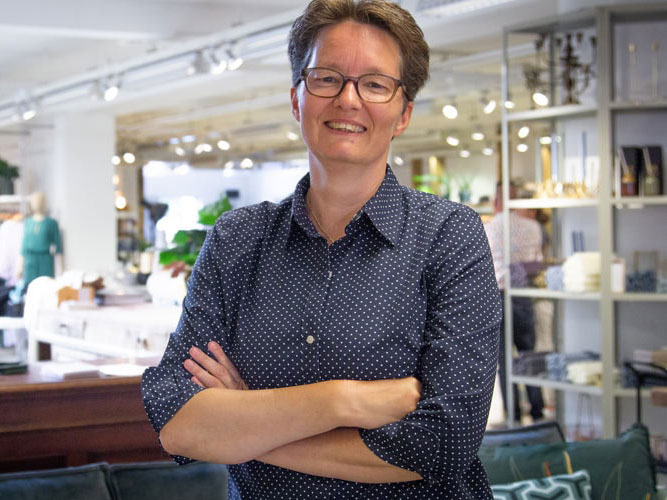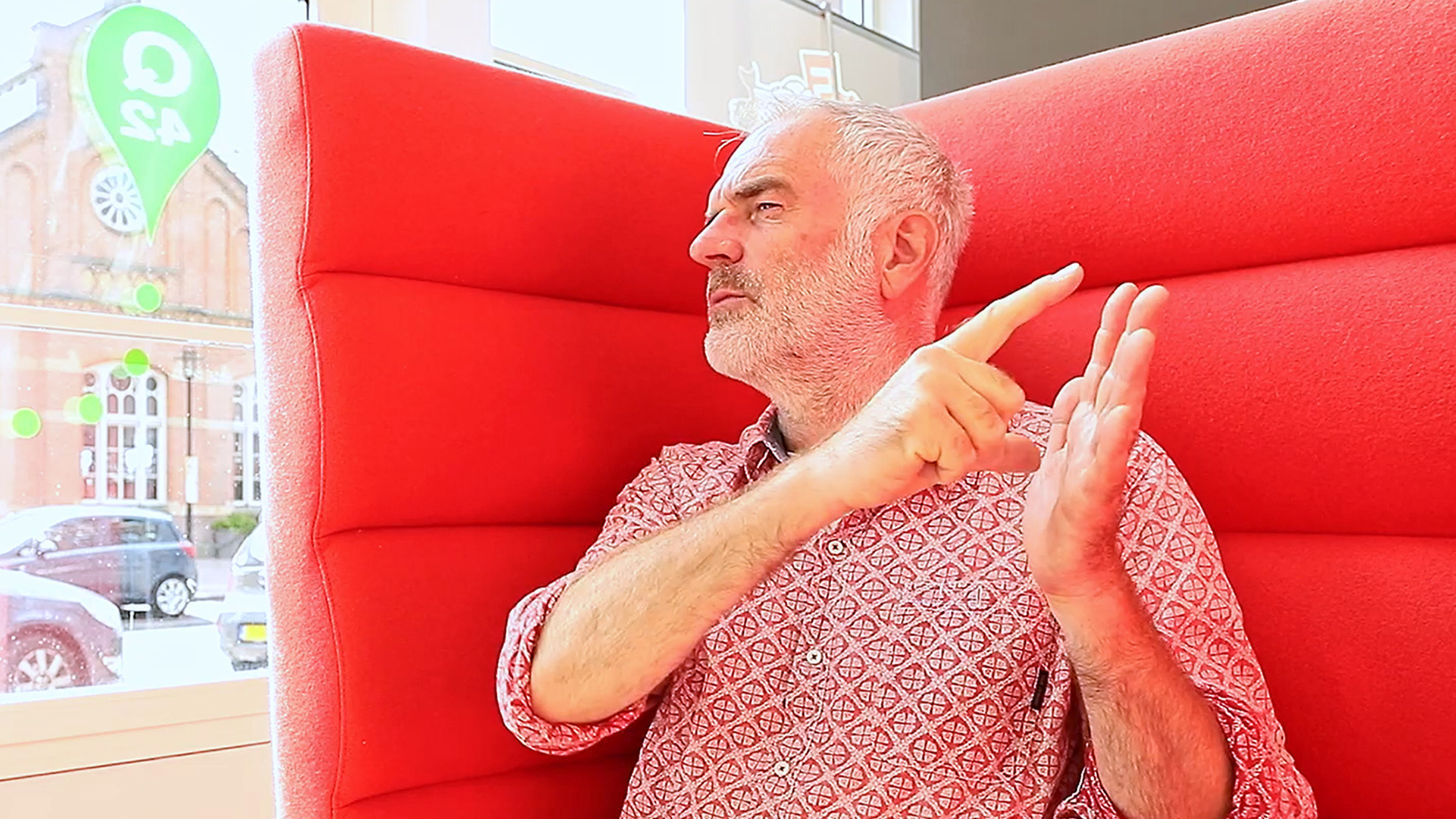Why someone without a disability still uses accessibility features
Edith has been working at the Van Gogh Museum in Amsterdam for more than 15 years. As a web manager, she is involved in, among other things, the accessibility of the museum website. Edith will not be seen as a disabled person. But now that she is getting older, she does need reading glasses. However, she doesn't want to wear them all the time. So that's why she adjusted the text size on her mobile, an iPhone SE 2020. The letters are larger than normal.


What accessibility features have you set up on your phone?
The accessibility settings are quite hidden, I think. I have adjusted the font size (on ⅓ of the bar), so I can read without glasses. If I want to take a look at a message, I also enlarge it on a website, for example. In apps it is often not possible to zoom.
Resizing texts is necessary for me. I searched for it when my eyesight got worse. Reading glasses are not useful: I keep putting them on and off. On my mobile I see better with reading glasses, but everything further away is blurry, so I don't keep them on.
I also increased the contrast to improve readability. I always have light mode on on my phone. I find texts more readable on a white background. I don't like using dark mode. The text is not legible for me.
By the way, it is nice for my eyes if the screen is larger. Smartphones have been getting bigger in recent years, but I can barely hold larger models. I don't have such big hands and want to be able to operate my phone with one hand. For me, accessibility is also about holding a phone and operating it that way.
More interviews with end users


How many hours a day I use my phone? How many hours do you use your eyes?
Jesse
Read the interview with Jesse








